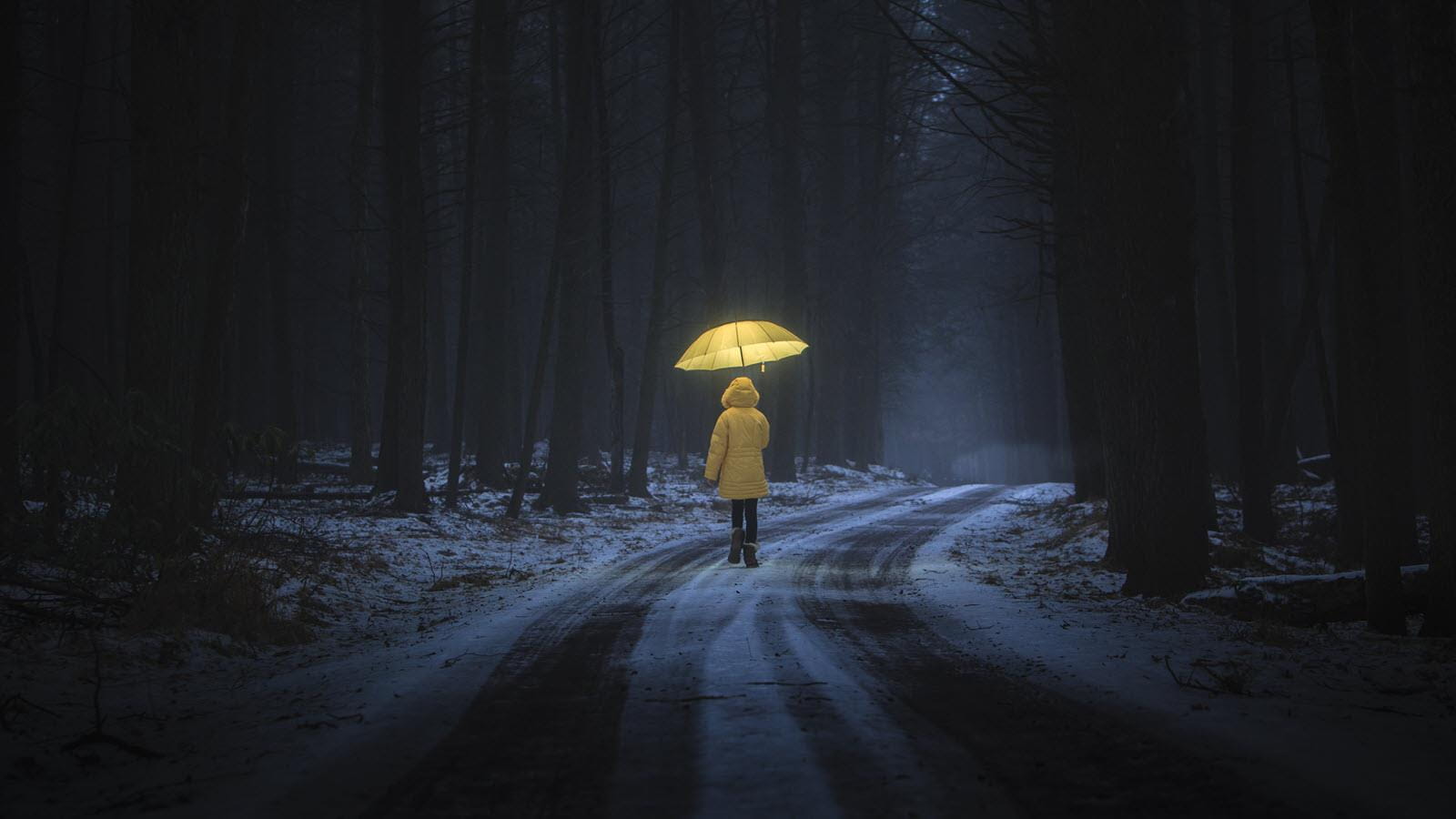Seasonal affective disorder (SAD), a form of depression, can set in when days grow short, cold and dark. Hear from three experts on how to cope and keep your spirts up:
Jodi Taub, Licensed Clinical Social Worker
During the winter months, many people head to work or school before the sun comes up and conclude their days in the dark.
“Part of the reason that people feel symptoms of seasonal effective disorder is related to light. Having less time outside with light has a negative impact on people's mood,” Taub said. “So, one of the things that I tell people to do which has been helpful is to make sure they get outside to get some natural light.”
Although it may be cold out, take advantage of the moment anyway while it’s still daylight. Walk the dog, get the mail, anything for just 10 minutes, routinely, to get a dose of sunshine, she said. Aim to get in some exercise out there too, by putting on some cold weather gear and continuing to do a favorite outdoor physical activity like running or cycling.
What if it’s freezing or snowing outside?
“Find something else that's enjoyable to get your endorphins going,” Taub said. “Pick up doing snowshoe or cross-country skiing, which gives you the same sort of experience but in a different way, you're still outside and you're still getting exercise.”
Don’t forget about spending time with others. Too often when someone engages in self-care they do so in isolation.
That alone can lower their mood and then they might find themselves less motivated to connect with other people, which is just as important, Taub said. In-person meet-ups are great, but if that’s not possible, a video call can give you a boost, too.
Norman Rosenthal, Clinical Professor of Psychiatry at Georgetown Medical School
Rosenthal also stresses getting natural light and recommends bringing the sunshine in with light therapy.
Add artificial light by turning on a few extra lamps, or better yet, choosing to a light box that mimics natural light. There are many options, but Rosenthal recommends light boxes that have fluorescent, white light and are at least one square foot in size. Smaller lights are less effective, he said.
Stress management also can help people dealing with SAD symptoms, Rosenthal says on his website. Try meditation, mindfulness and yoga.
“During the winter, people with seasonal affective disorder have a reduced ability to handle stress, which can push them deeper into depression,” Rosenthal wrote. “I recommend that you do whatever you can to minimize stress.”
See more of Rosenthal’s advice.
Nick Hobson, Behavioral Scientist and Lecturer at the University of Toronto
Find your ritual, move in a group, and celebrate the season. That’s the formula Hobson shared with Inc. Magazine.
Rituals are personal, specific activities that help organize our days and increase perception of control over our day. They can be simple things like having a set wake up time and a ritual of listening to a certain podcast as you sip your morning coffee. Or after work, putting on your favorite music while you cook dinner.
Part of that ritual should be scheduling in a workout too. But he says you may want to pause your gym membership and take up group fitness class instead, like Spin, Zumba or HIIT. The perk of group fitness is you’ll “glean all the supportive benefits of being a part of a larger social network.”
Hobson says possibly the best thing about the colder season is that it's “chock-full of holidays.” Embrace them by watching holiday movies, shopping for friends and family, planning holiday gatherings and decorating.



